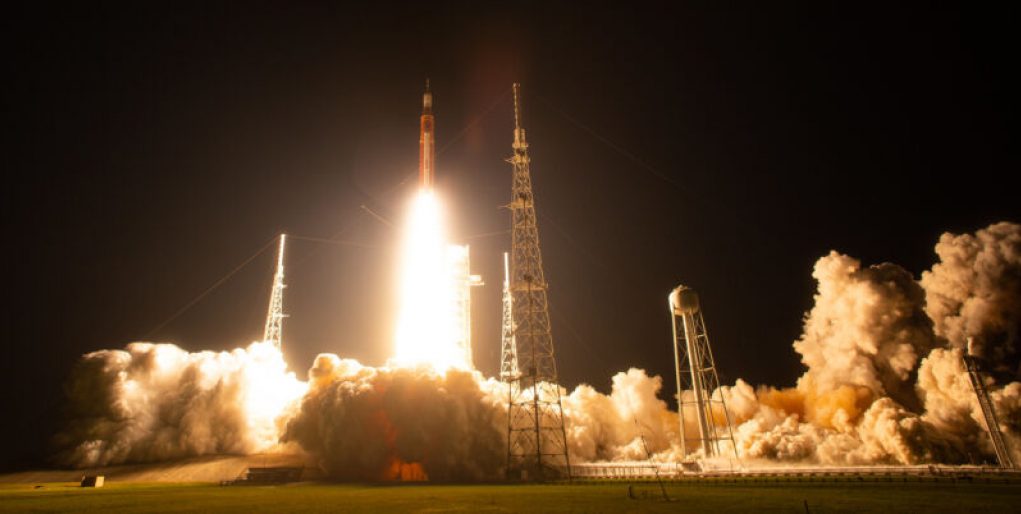The Artemis program is gaining momentum, with widespread political support, international participation, and a successful first mission. Both Republicans and Democrats are backing NASA’s plan to send humans to the Moon, and the Biden administration has reaffirmed these plans. However, there is one major concern: the program’s budget is skyrocketing, and it’s unclear when humans will actually start flying to the Moon.
During a recent meeting of NASA’s Advisory Committee for Human Spaceflight, Jim Free, the agency’s chief official for human spaceflight, discussed the budget for the Artemis program from 2024 to 2028. NASA plans to spend at least $41.5 billion during this period, with most of the money going towards the Space Launch System rocket, which has already been developed. This is the same amount of money that NASA is proposing to spend on two lunar landers, which are arguably as complex as the SLS rocket.
Free acknowledged the high costs of the SLS rocket and said that the agency is trying to bring costs down by shifting from development to operations. However, even with the president’s budget proposal, there may not be enough funding to carry out the Artemis program as planned. Free warned that major components of the program, including the SLS rocket, Orion spacecraft, and lunar lander, need more funding to execute.
Congress’ inability to pass a timely budget and its reliance on continuing resolutions has made starting new programs to get the Artemis program moving difficult. At a time when Republicans in Congress are seeking to pare back the federal budget and a debt-limit crisis is looming, the cost of borrowing money is rising with each interest rate hike. At some point, does Artemis become a luxury rather than a necessity?
Ultimately, the kind of space program we have depends on what the American people want from their elected representatives. As space aficionados, we would like to have much more, but the use of taxpayers’ money comes with priority setting, among all the different things the government has to do.
As the Artemis Program—NASA’s ambitious endeavor to return astronauts to the Moon by 2024—encounters a potentially devastating budget crunch, several questions arise as to how much longer this project can remain viable.
As of mid-December 2020, NASA is facing 2.4 billion dollars in unexpected costs in addition to the 21.5 billion dollars allocated to the Artemis project by Congress. The extra costs appear to be the result of stagnant wages in the aerospace industry, which drastically lessen the availability of trained aerospace workers, making hiring for the program a lot more expensive than anticipated.
This financial overturn has been met with much criticism from Washington, as many feel that NASA has not done enough to anticipate and prepare for the increased expenses. NASA Administrator Jim Bridenstine has largely taken the blame for the issue, stating in a hearing of the House Space, Science and Technology Committee in December that “my job is to make sure that it does not happen again […] I believe and always have that I am responsible.”
As financial pressure mounts for the already-delayed project, the future of the Artemis program remains uncertain. A number of solutions have been presented, however; one of the more popular choices is the returning of the Space Launch System rocket program to the Pentagon’s budget—where it once resided—to help reduce the costs for the project. With many of the astronauts planned for the mission having already been chosen, it is apparent that the successful completion of the mission is of upmost importance to members of the committee.
As the symptoms of a major budget crunch begin to play out, time will tell if Artemis will ever reach the space beyond the sky.




















